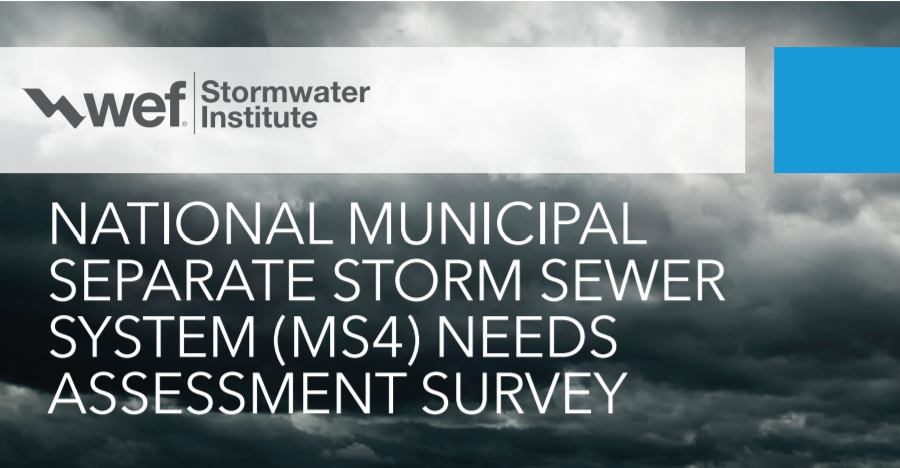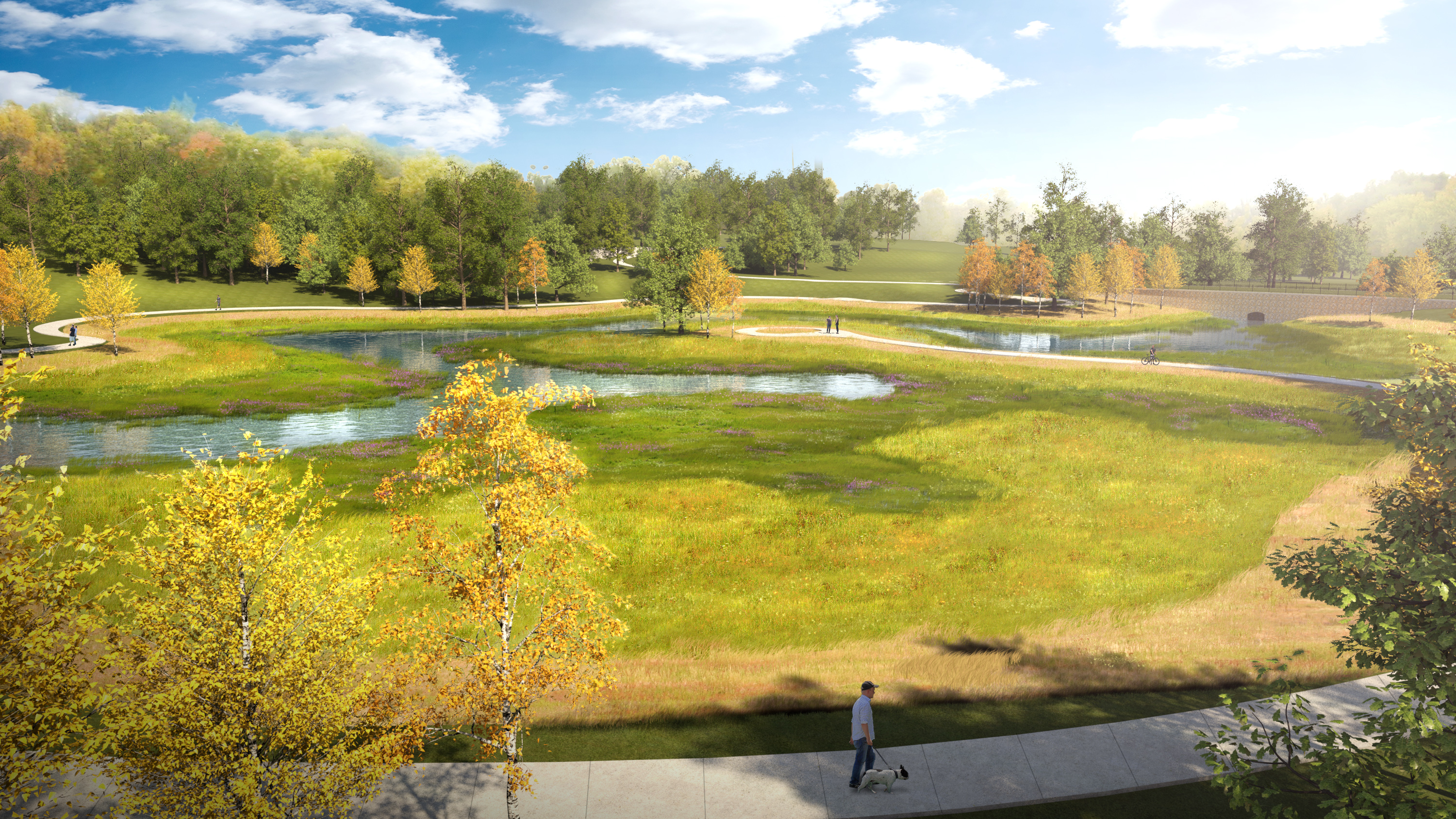Time is running out for Municipal Separate Storm Sewer System (MS4) permittees in the U.S. to contribute to the Water Environment Federation (WEF; Alexandria, Virginia) Stormwater Institute’s 2020 MS4 Needs Assessment Survey. The survey — updated every two years — aims to identify common challenges and needs among the diverse array of U.S. stormwater managers.

In addition to guiding future Stormwater Institute efforts, survey results will help inform broad analyses of the U.S. stormwater sector by regulators, legislators, and other groups. The data will be a crucial source of information for the American Society of Civil Engineers (ASCE; Reston, Virginia), for example, as they grade the condition of U.S. stormwater infrastructure for the first time in their upcoming 2021 ASCE Infrastructure Report Card.
“This is a huge leap forward for the sector and it should be recognized this way,” said Seth Brown, a survey administrator and executive director of the National Municipal Stormwater Alliance (NMSA). The survey initiative results from close, ongoing cooperation between NMSA and WEF. “As WEF continues to survey the MS4 sector, we will gain insightful information on trends in the sector that will help WEF be responsive to the needs and challenges within the sector.”
Your response requested
As of April 21, WEF had received input from 705 unique respondents, representing Phase I and Phase II MS4 permittees in nearly all 50 states, the District of Columbia, and Puerto Rico. This level of participation already surpasses that of the inaugural MS4 Needs Assessment Survey, conducted in 2018, Brown said. Results from the 2018 survey led to the first-ever estimation of the gap between the amount of funding the U.S. stormwater sector receives and how much it needs, among other conclusions.
“Our response has already met the goal for this survey effort to be statistically significant to the 95% confidence level with a 5% margin of error, which is a standard bar to meet for these types of surveys,” Brown said. “We have a good representation from various regions across the U.S., generally.”
However, more data could provide a broader understanding of the challenges facing the stormwater sector. Survey administrators have not yet received responses from permittees in Alaska, North Dakota, or Wyoming, and in several other states, only a small handful of permittees have contributed.
The WEF Stormwater Institute specifically encourages MS4 permittees in U.S. Environmental Protection Agency (EPA) Regions 2 and 6, comprising New York, New Jersey, five Southwestern states, Puerto Rico, and the U.S. Virgin Islands, to participate. Greater representation from Phase I MS4 permittees would also help improve data quality, said the WEF Stormwater Institute’s Rebecca Arvin-Colon.
Better understanding sector needs
The 26 questions included in this year’s survey align with the broader goals of the WEF Stormwater Institute: To help provide the information and resources stormwater professionals require in order to perform their jobs better.
Gaps in data and sector-wide best-practice standards are a significant survey focus. Many MS4 permittees report, for example, a lack of on-staff information about such concepts as regional, cross-departmental, or watershed-based stormwater management planning, attracting funding to support stormwater projects, or the applicability and benefits of green infrastructure. Understanding shared information gaps will enable the WEF Stormwater Institute and other stormwater groups to serve as a better professional resource.
Results will be compiled and interpreted by the WEF Stormwater Institute MS4 Survey Work Team, which consists of leaders from municipalities, utilities, the private sector, and stormwater industry associations. Survey respondents will receive a summary of the findings before the report is published by Summer 2020.
Learn more about the 2020 MS4 Needs Assessment Survey at the WEF website, or by contacting Rebecca Arvin-Colon at rarvin-colon@wef.org.
















